 |
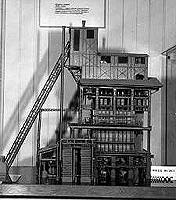 |
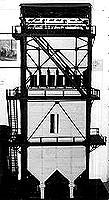 |
| Carbon disulfide retort. It was used until the 1960s |
Ammonia plant (model) |
Schlattner's furnace (1930-35; model) |
 |
 |
 |
| Carbon disulfide retort. It was used until the 1960s |
Ammonia plant (model) |
Schlattner's furnace (1930-35; model) |
The beginning of the 20th century witnessed the foundation of the great establishments of the Hungarian pharmaceutical industry (Richter, Chinoin). After World War I, as several areas were detached from the country, new factories were built, e.g. for ammonia, fertilizer, gas, sulfuric and hydrochloric acid production.
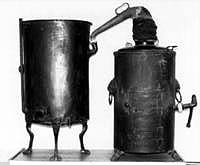 |
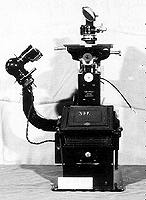 |
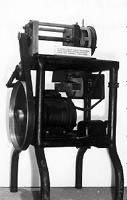 |
| Distiller from a pharmacy | Microscope equipped with a camera (from the 1930s) |
Freund's supercentrifuge (from the 1940s) |
Household "relics" and models of plastic and paint industry processes are also displayed in the museum.
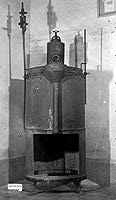 |
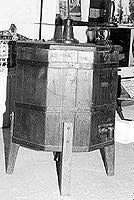 |
| Acetilene gas producer used between 1920 and 1940 for illuminatating houses and railway cars |
Washing mashine from the 1920s |
The first controller computer used in the chemical industry
was a GIER machine.
It has been recently acquired by the museum.
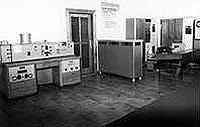 |
| The controller computer used at Pét (right) and an infrared spectrophotometer (left) |
Several documents and pieces of equipment are displayed in the room devoted to professor József Varga, an expert of high pressure technologies. The derivatograph - used for thermogravimetric analyis and structure determination - was developed by F. Paulik, J. Paulik and László Erdey .
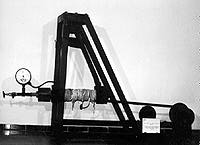 |
 |
 |
| Varga's reactor | Derivatograph | Varga's reactor for experiments with synthetic gasoline |